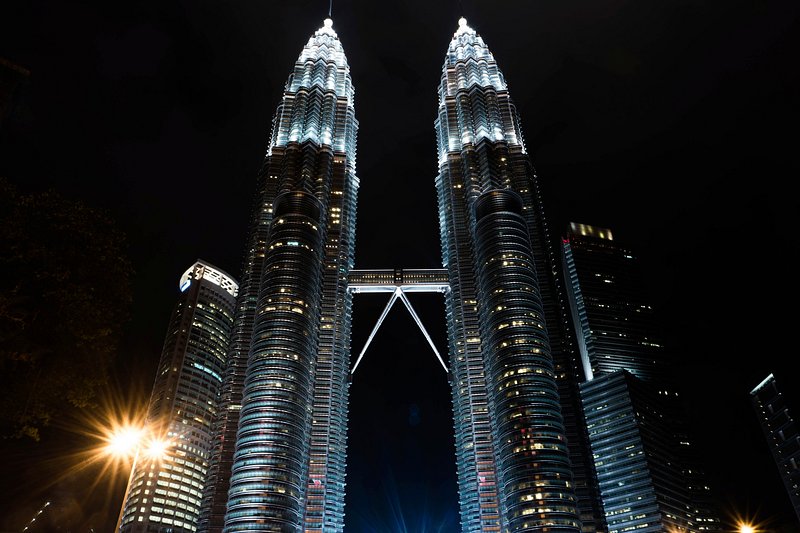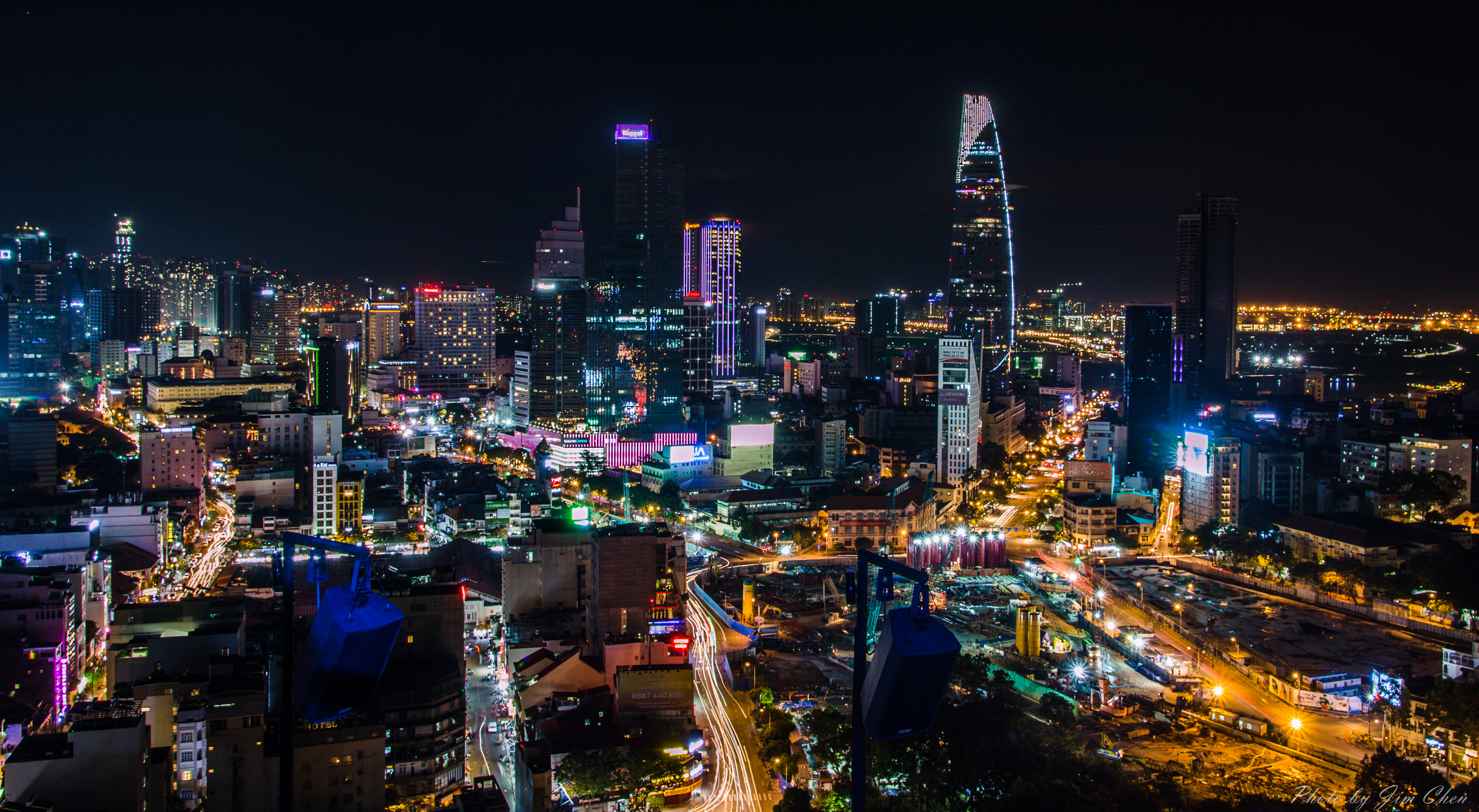Southeast Asia has experienced considerable economic growth over the past few decades, but a few nations have distinguished themselves through sustained prosperity, resilience, and innovation.
These countries stand out due to their economic performance, infrastructure, quality of life, and political stability. Below, we explore the most prosperous nations in Southeast Asia and the factors behind their success.
Singapore

Singapore is often regarded as the most prosperous country in Southeast Asia, and for good reason. Despite its small land area and lack of natural resources, Singapore has transformed itself into one of the wealthiest nations in the world.
Its strategic location as a global shipping and financial hub has allowed it to capitalize on international trade. Moreover, the country boasts a world-class infrastructure, a highly skilled workforce, and an efficient and transparent government.
Singapore's education system and healthcare services consistently rank among the best globally, and its per capita GDP is the highest in the region.
Through strict anti-corruption laws and a strong emphasis on innovation and technology, Singapore has cultivated a thriving environment for business and investment, making it a model of prosperity in Southeast Asia.
Malaysia

Malaysia is another Southeast Asian country that has demonstrated sustained economic growth and development. With a diverse economy that includes manufacturing, services, and agriculture, Malaysia has benefited from a balanced economic strategy.
The country is known for its production of palm oil, rubber, and electronics, but it has also made strides in the tourism and Islamic finance sectors.
Kuala Lumpur, the capital, serves as a financial center in the region and reflects the country’s modern infrastructure and cosmopolitan outlook.
Malaysia has invested heavily in education and healthcare, contributing to an increasingly skilled and healthy population.
Political reforms and efforts to reduce economic inequality are ongoing challenges, but overall, Malaysia has shown remarkable resilience and upward mobility, positioning itself as one of Southeast Asia’s most prosperous nations.
Thailand

Thailand, the second-largest economy in Southeast Asia after Indonesia, has long been a key player in the region’s economic landscape. Its prosperity is built on a diverse base that includes tourism, manufacturing, agriculture, and services.
The tourism industry, in particular, plays a significant role in Thailand’s economy, attracting millions of visitors each year with its beaches, temples, and cultural heritage. Bangkok serves as a dynamic economic center, hosting a range of industries from automotive to electronics.
While the country has faced political instability and regional disparities, it has maintained a relatively high standard of living and continues to attract foreign investment.
Infrastructure development, especially in transportation and energy, has further boosted the country’s competitiveness.
Indonesia

Indonesia, the largest country in Southeast Asia by both population and land area, is also the region’s biggest economy.
The country’s prosperity has grown steadily in recent decades, supported by its vast natural resources, large domestic market, and strategic geographic position.
Indonesia's economy is fueled by sectors such as mining, agriculture, manufacturing, and increasingly, digital services. Jakarta, the capital, is a bustling metropolis that reflects both the opportunities and challenges of rapid urbanization.
Indonesia’s young and growing workforce provides a strong foundation for continued economic expansion. However, infrastructure gaps, regulatory complexity, and income inequality still pose significant hurdles.
Despite these challenges, Indonesia’s economic potential remains strong, and its regional influence is undeniable.
Viet Nam

Viet Nam has emerged as one of the most promising economies in Southeast Asia over the past few decades. Following a series of economic reforms known as Đổi Mới in the late 1980s, Viet Nam transitioned from a centrally planned economy to a more market-oriented system.
Since then, the country has achieved impressive GDP growth, driven by export-oriented manufacturing, agriculture, and services.
Viet Nam is a major player in electronics, textiles, and furniture production, attracting significant foreign direct investment, especially from companies looking to diversify supply chains beyond China.
Urban centers like Ho Chi Minh City and Hanoi are rapidly modernizing, with expanding infrastructure and a growing middle class.
Viet Nam’s success in education and healthcare reform has further enhanced its human capital, making it one of the most dynamic economies in the region.



















